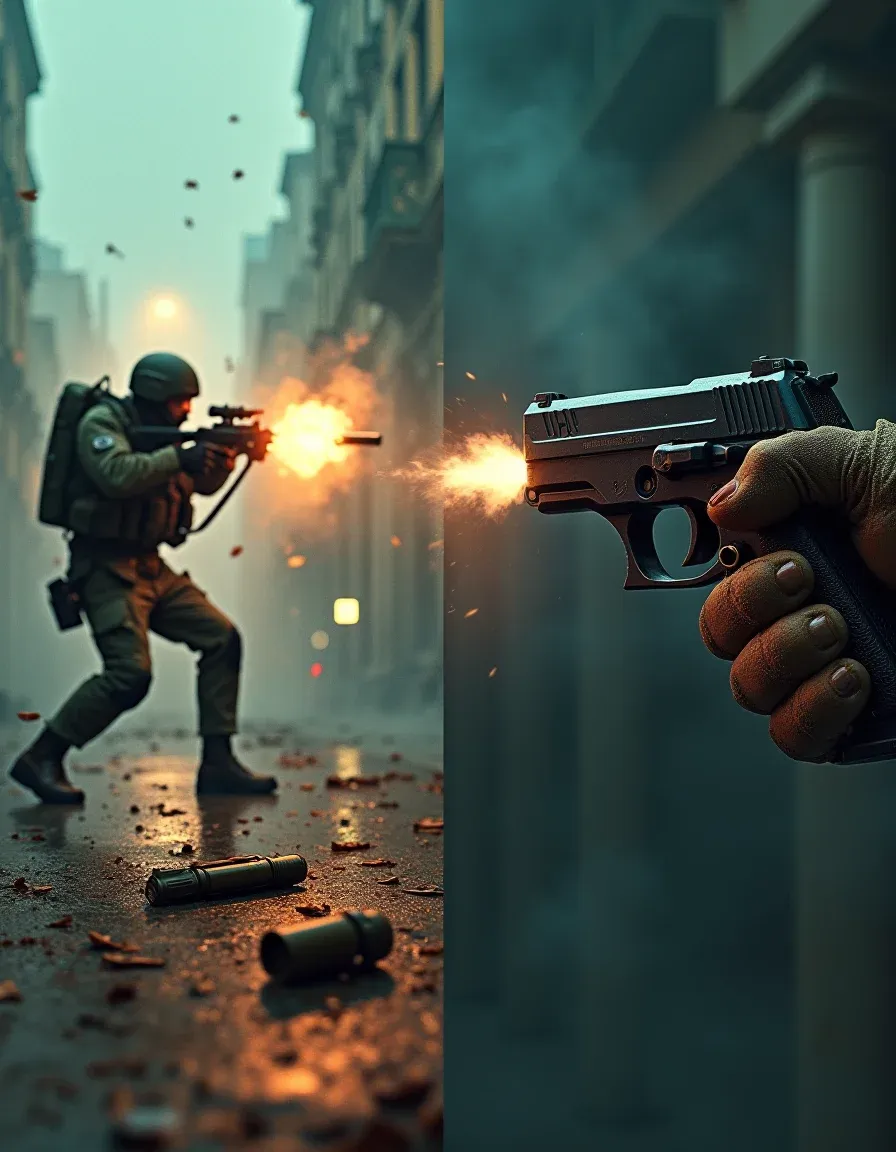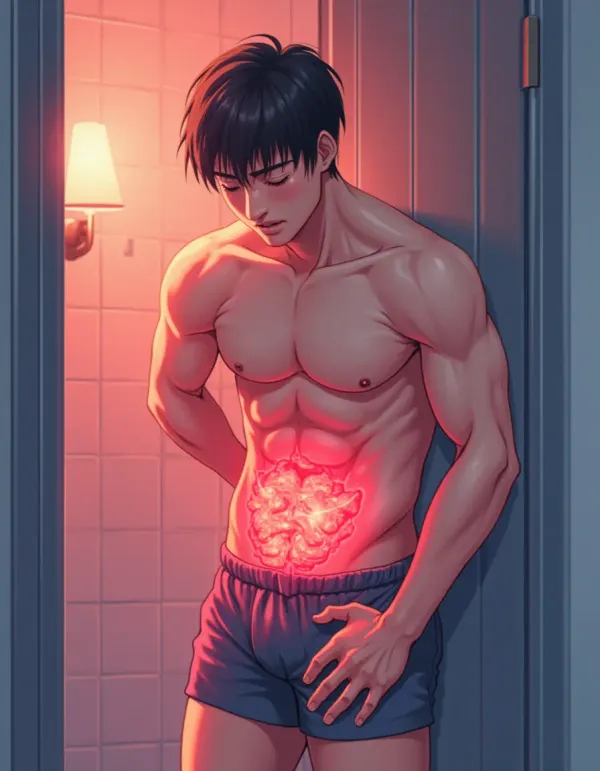Movies vs Reality: Which On‑Screen Weapons Are Total Fantasy?
Think movie guns and grenades behave like in action films? Discover which on-screen weapons are pure fantasy, which underplay real danger, and quick tips writers can use to make scenes feel believable.

Are weapons in movies as deadly or as dramatic as they look? In short: sometimes they're played up, sometimes they're downplayed, and almost always it's simplified for the story. Here’s a friendly, quick guide to what’s real — and what’s movie magic.
What the question really asks
You’ve seen someone get whacked with a pipe and sleep for half an hour, grenades explode in a fireball, and silencers make guns whisper-quiet. Is any of this accurate?
What’s exaggerated (and why)
- “Knock someone out with a blunt hit.” Movies treat a single blow to the head like a magical sleep button. In reality, head trauma can kill or cause long-term injury — it doesn’t reliably render someone unconscious for neat plot-timed naps.
- Grenades = fireballs? Not really. Most grenades are fragmentation devices — think shrapnel and concussive force radiating outward, not a towering cinematic fireball.
- Silencers make guns silent. Suppressors reduce muzzle blast and flash, but they don’t make a rifle whisper. Gunshots are still loud enough to damage hearing, especially indoors.
- Shotguns sweep entire rooms. Movie spreads are ridiculous. Real shot patterns tighten up and you still need to aim; you’re not shooting tiny shotgun pellets like confetti.
- Automatic rifles have endless magazines. Films rarely show reloading. In real fights, ammo runs out fast — and that matters.
- Chainsaws as slicing machines. A chainsaw fighting scene looks gnarly, but ripping through living tissue causes binding, mechanical strain, and a mess that a movie glosses over.
What’s underplayed
- Hearing and blast injuries. The long-term damage from gunfire or explosions — tinnitus, permanent hearing loss, concussive brain injury — is often downplayed or ignored.
- Pistols used as melee weapons. A pistol-whip can be devastating; it’s not a harmless slapstick move.
- Tasers and tranquilizers. One zap rarely knocks someone out for long. And tranquilizer darts used in movies are oversimplified — real sedatives take time and dose care to be effective and safe.
- RPGs and rockets. They move fast. Movies sometimes show slow, dramatic arcs; real projectiles get there quicker and hit differently.
Bottom line & friendly advice
Movies simplify for drama. If you want realism: expect messier outcomes, real risk of permanent injury, limited ammo, and weapons that behave less theatrically. If you’re writing or watching with realism in mind, small changes — showing reloads, the aftermath of blasts, realistic wound effects — go a long way toward believability.
“Pretty is not always real.” — Sometimes a gritty detail is scarier and more believable than a CGI explosion.
Curious for deeper reading? Look up topics like firearm suppressors and blast injuries to learn the real science behind the noise and damage.




